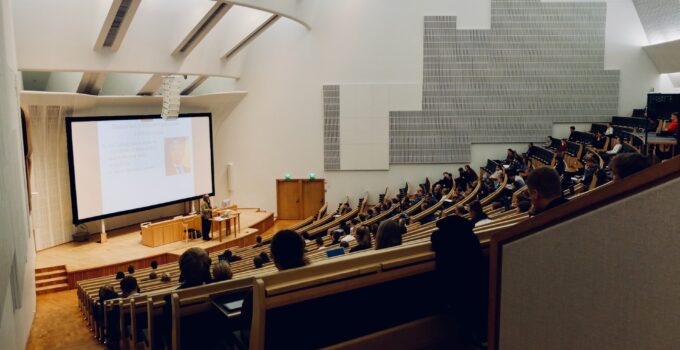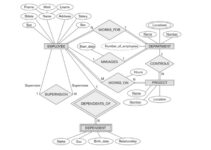Maintaining educational facilities such as campus-based schools can be daunting and setting up a strategy to do so efficiently is an equal challenge. With the right facilities management system in place, you can enhance instructional settings, school culture, safety, and structural integrity of buildings, equipment, and other property assets.
Planning is required to maintain buildings and equipment and adhere to health and safety laws. When school leaders and teachers are under continual performance pressure, they must be able to focus on what they do best: improving student achievement. To be effective, a designated school facilities administrator should be assigned to organize activities, develop processes, and utilize software solutions to support them.
Investing in a solid school facilities management solution may help schools reduce wasteful expense, increase ROI, and prolong the useful life of educational assets.
Nine keys to school facility management
Whether you’re in charge of a single primary school building, multiple onsite facilities, or even different locations, maintaining excellent standards requires a command of nine key protocols:
1. Building and Premises Upkeep

Source: visionprosoftware.com
The maintenance of school buildings is vital to daily operations. Buildings can vary in age and kind of construction, necessitating routine surveys, inspections, assessments, and inspections. Preventive maintenance can increase the useful life of school buildings and equipment. Managing electrical maintenance such as lights, elevators, and air conditioning demands robust protocols and oversight. This also applies to supply of gas, water, plumbing, and heating.
2. Space Management
With numerous daily activities to organize, schools require a real-time space management system. Staff members should be able to organize their actions and be aware of the available furniture, tools, and equipment.
3. Environmental Sustainability and Improvements
Buildings have a significant influence on the environment, and can contribute significant levels of greenhouse gas emissions. In addition to appropriate resource management, facilities managers must plan for potential dangers to tenants and students, such as asbestos removal.
4. Capital Planning

Source: spacewell.us
To satisfy the demands of students and faculty, a school may need to construct a new structure or resource center. Typically, this needs a robust procurement procedure or policy.
5. Safety and Health Compliance
The employer is responsible for a school’s health and safety, which will vary depending on the school. In addition to water treatment and trash disposal, an employer is responsible for ensuring a safe working environment, conducting risk assessments, evaluating the need for repairs, and enhancing air conditioning.
6. School Supplies
Playgrounds, sporting goods, and swimming pools require routine upkeep. It is also essential to care for trees, grass, and any external storage. Gymnasiums and any accompanying equipment, as well as IT services and laboratory equipment, must be appropriate for purpose.
With the level of computer and technology use in education on the rise, management of costly IT equipment in schools is crucial. Asset monitoring and tagging solutions are an excellent method for avoiding expenses connected with the loss or theft of this equipment.
7. Management of Contractors and Subcontractors
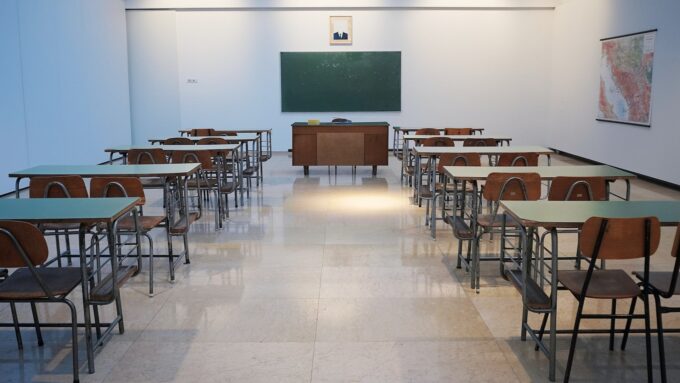
Source: unsplash.com
Every school need dependable cleaning materials. Students must also have access to nutritious meals, which necessitates the engagement of accountable caterers, vendors, or contractors.
8. Emergency Measures
Regular risk evaluations contribute to the safety of students and faculty. Monitoring fire doors, extinguishers, blankets, and hose reels is required. Regular fire drills and testing of fire and smoke alarm systems should be conducted at schools.
9. Protection
Installing code-based entrance systems, CCTV, floodlighting, intruder alarms, or limiting access to certain portions of the facility may be among the preventative steps taken to secure and protect children at school.
Benefits of Facilities Management Software
A robust software solution specifically designed for complex and multi-building institutions offers many benefits to facilities management:
1. Asset Management
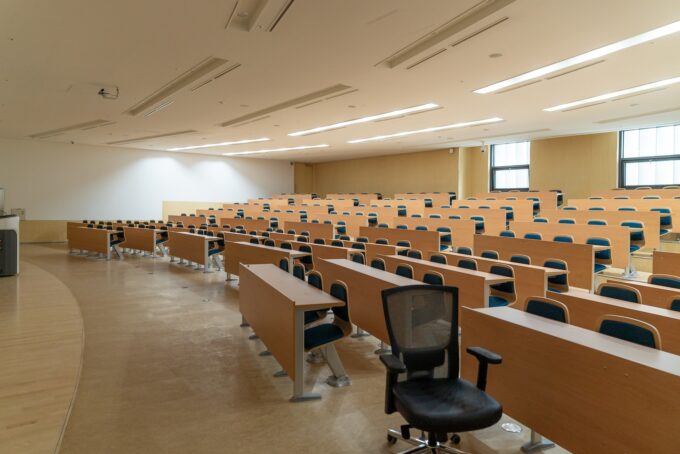
Source: unsplash.com
The purpose of asset management is to guarantee that a facility receives the most return on investment feasible. An asset management tool is essential for assisting stakeholders in making strategic decisions on future investments, from locating equipment to monitoring asset performance.
2. Work Order Management
Work order management allows users to generate, track, fulfill, and analyze work orders within an institution. This assists facility managers in identifying areas for improvement and reducing expenditures. In addition to arranging repairs, assigning technicians, and tracking equipment downtime automatically.
3. Inventory Administration
In an asset-heavy setting such as a school, the ability to track assets is vital. This not only reduces equipment theft, but also offers facility managers with improved inventory control. They can view which replacement parts are available, which pieces of equipment have been checked in and out and automate the ordering of inventories.
4. Reduce expenses

Source: projectboldlife.com
Investing in facilities management software yields a high rate of return. Its features and capabilities also assist schools in reducing maintenance expenses and the expense of replacing lost or stolen equipment.
5. Extend Assets’ Useful Life
Maintenance planning and scheduling is a fundamental component of any CAFM solution, allowing users to monitor the state of equipment and schedule maintenance before it becomes inoperable. Maintaining equipment in working order decreases the likelihood of requiring emergency repairs. Additionally, proper facilities management facilitates the automation of the purchase process from recognized vendors.
6. Extend the Value-Over-Life of Buildings
Regular monitoring, cleaning, sanitation, and maintenance may extend the life of structures and decrease the need for equipment replacement. The software for facilities management enables customers to remain on top of their yearly maintenance requirements.
7. Adopt a Preventive Strategy
Planned preventative maintenance enables education personnel to adopt a proactive stance towards school facilities management. Preventive maintenance promotes productivity, saves money, and aids in the management of school safety and security threats.
8. Improve Staff Communications
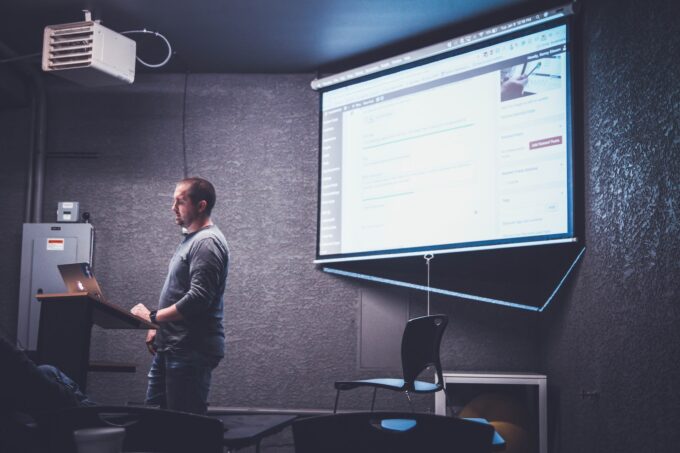
Source: unsplash.com
Facility scheduling facilitates the reservation of rooms and resources by personnel. It also decreases the possibility of double booking. Scheduling can enhance the quantity of extracurricular and academic activities, resulting to higher student performance.
9. Facilitate the Rental Process
Facilities management software for schools enables the community to rent out school facilities. The software also improves stakeholder communication, resulting in more income and an enhanced reputation.
Before investing in facilities management software for your school, consider the demands of your institution and be sure that it can address the unique challenges you face. For more information, visit https://www.facilitron.com/facility-owners/facility-management-software/.

